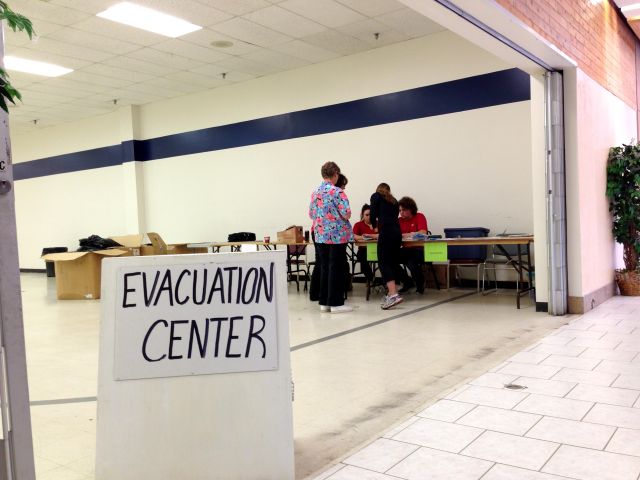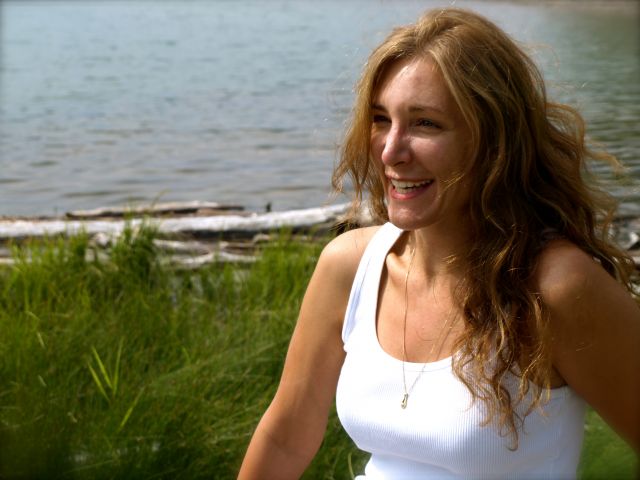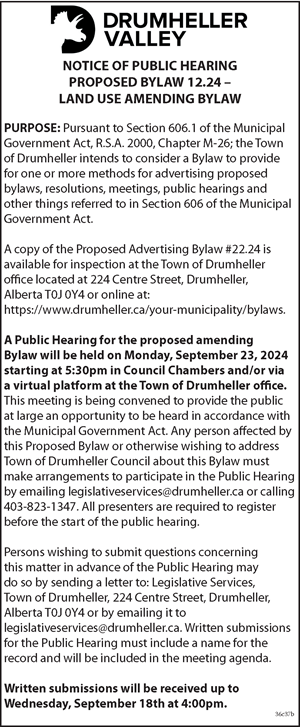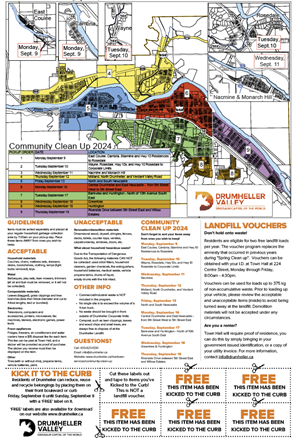
This summer the Hand Hills Lake Stampede is turning 100. This event celebrates more than the cowboy culture, but the heritage of the community.
A big part of the community has been the Ladies Aid.
Almost as old as the Stampede, the Ladies Aid was founded in 1928. Originally known as the Hand Hills United Church Ladies Aid, they organized with the purposes to deepen the understanding of the church, encourage growth in Christian knowledge through worship, Sunday School and Bible Study, provide opportunities for fellowship, develop Christian leadership and provide a common building to worship in.
One of the goals the Ladies Aid excelled at was providing funds through giving and acceptable money-raising projects.
According to the Hand Hills Heritage history book, as recounted by Julia Lenfesty, one of its first projects was to secure a church building. Until then, services were held in private homes and the Elmer School. Around this time, a number of rural schools were closing due to lack of pupils. The Lyman School near Pollockville was located and was purchased by the Ladies Aid for the sum of $250; the moving alone cost $300.
The dedication of the church took place on October 17, 1933.
The Ladies Aid also created social buzz and were responsible for many social events, from plays and talent shows to Christmas concerts, they catered many private events such as parties and funerals over the years.
Many of these events were fundraisers, as the Ladies Aid was responsible to pay church expenses, maintenance and the Minister’s salary.
One place the Ladies Aid has a lasting presence is the Hand Hills Lake Stampede booth concession. In the early days, some of the men built a booth with a willow branch roof. In 1935, the booth was enlarged and a building was added as a cookhouse. There was also a small booth on the west side of the track that sold refreshments, ice cream and candy. That year they cleared $195.
For many ladies in the Hand Hills getting involved in the Ladies Aid was just the natural thing to do, and getting involved at the Stampede followed.
Irene Morton, who joined the Ladies Aid in the 1950s, certainly took her turn working in the concession booth. She has fond memories of the Hand Hills Lake Stampede.
"My husband and I did not miss one until our granddaughter was married on that weekend,” she said. “We only missed one in 75 years.”
Years later, another committee was formed to pay the church expenses, but the Ladies Aid remained active, and has supported in the area of 26 separate charities and community groups.
After the church was closed, it was moved to the Hand Hills Lake Club site.
Ella Beck was a long time member. She said in a small community it was a necessity to get involved and the Ladies Aid was the vehicle. There was also camaraderie and friendship.
Beck and Lenfesty said their final legacy project was the millennium historic marker project. They raised the funds to place signage at many significant areas in the community including schoolhouses, churches and graveyards.
Today, the Ladies Aid is no longer active, and it has been about six years since they have had meetings but for Beck, Lenfesty and Morton, they are all looking forward to the centennial of the Hand Hills Lake Stampede.






















